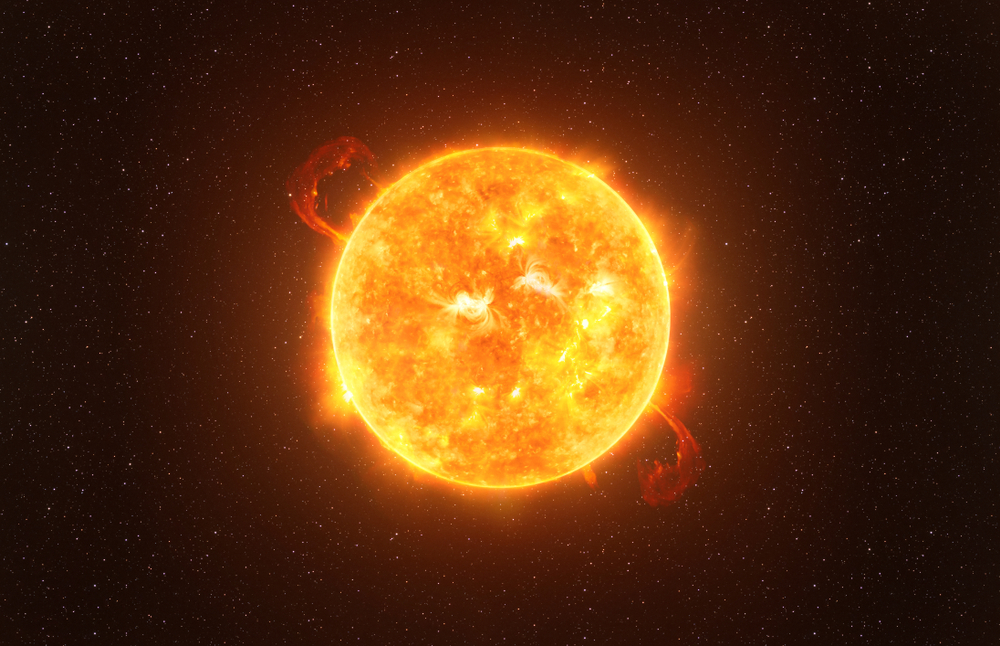Researchers Uncover Evidence of a Solar Storm That Defies Expectations
Others are reading now
Solar storms can cause serious problems for modern society. They can knock out satellites, disrupt electronic devices, and even cause massive power outages.
In extreme cases, a powerful storm could leave entire countries without electricity for years.
Despite the risks, many people are still unaware of how dangerous these storms can be.
So far, there hasn’t been a recorded solar storm strong enough to cripple the world. But history tells a different story.
Also read
Thousands of years ago, when the world had no electricity, massive solar storms hit the Earth. If those same storms happened today, the damage could be devastating, writes WP.
Research published in Nature Communications in 2022 reveals that a powerful solar storm occurred around 9,200 years ago.
What makes this discovery even more alarming is that it happened during a solar minimum, a period when the Sun’s activity is usually low.
Scientists say this means major storms can strike at any time, even when the Sun appears calm. The problem is that humanity still has no solid plan for dealing with such a disaster.
There are no protective measures in place to shield the world’s power grids. Experts warn that these storms are not taken seriously enough in risk assessments.
Raimund Muscheler of Lund University in Sweden, one of the study’s authors, stresses the need to understand the impact on today’s technology and how to protect against it.
The worst-case scenario would be widespread damage to key components of the global power grid. Large transformers, which are essential for electricity transmission, could be destroyed.
These transformers take up to 15 years to build, and replacing them would be extremely difficult.
Only two countries, Germany and South Korea, produce them for export. Each transformer weighs hundreds of tons and would require reinforced bridges and widened roads to transport.
In North America, only a handful of vehicles are capable of moving them. Dr. Peter Pry, executive director of the Task Force on National and Homeland Security, warns that this logistical challenge makes the threat even more serious.
Scientists are working to uncover more evidence of past solar storms. Today’s technology allows satellites to monitor solar flares, but learning about ancient storms requires careful research.
Scientists study radioactive isotopes like beryllium-10 and chlorine-36, which form when solar particles collide with Earth’s atmosphere.
These isotopes can be found in tree rings and ice cores. Samples from Antarctica and Greenland show a sharp increase in these isotopes around 9,200 years ago, confirming a major solar event.
More research is needed to identify past extreme storms. Scientists hope to find patterns that could help predict future events.
Understanding these storms is crucial. If one strikes, the world must be prepared.








